
Posts
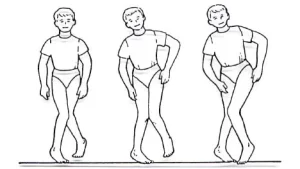
Scissor Gait
Introduction Scissor gait refers to an irregular walking pattern in which the legs cross or overlap while the person walks. A kind of spastic paraparetic walk...
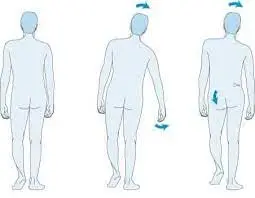
Waddling Gait
Introduction Waddling gait, also known as myopathic gait, is one example of an inappropriate gait. The reason for the waddling is a weakening of the pelvic...
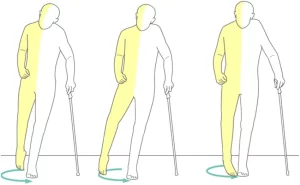
Spastic Gait
Introduction Spastic gait refers to a type of abnormal walking pattern often characterized by stiffness and difficulty in moving the legs due to increased muscle...
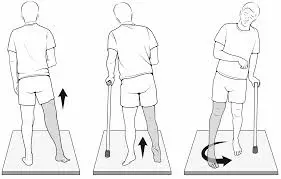
Hemiplegic Gait
Introduction Hemiplegic gait is caused by neurological damage, most commonly caused by a stroke, severe brain damage, or other central nervous system problems. It differentiates...
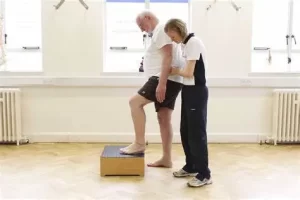
Ataxic Gait
Introduction Ataxic gait refers to a type of abnormal walking pattern characterized by a lack of coordination and balance. It typically results from damage or...
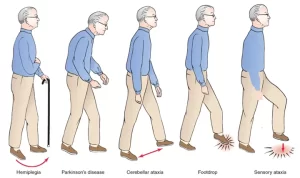
Abnormal Gait
Introduction Abnormal gait, more commonly known as a walking abnormality, happens whenever someone is unable to walk normally. An accident, underlying medical issues, or anomalies...

Gait Training: Physical Therapy to Improve Walking
Introduction Gait training is a physical therapy method that enhances walking patterns and mobility. It is frequently used to assist persons who are recovering from...
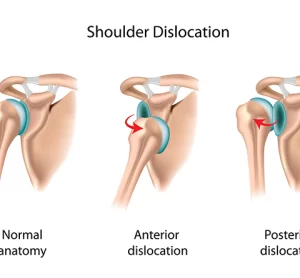
Recurrent Shoulder Dislocation
Introduction Recurrent shoulder dislocation is a disease that develops when the glenohumeral joint, or shoulder joint, dislocates frequently. Being one of the most moving joints...
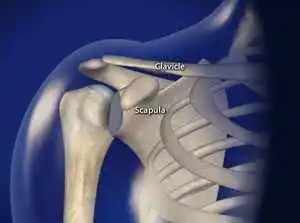
Shoulder Subluxation
Introduction Shoulder subluxation occurs when the lining of the shoulder joint (the capsule), ligaments, or labrum become strained, torn, or detached, causing the ball of...
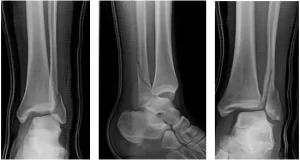
Ankle Dislocation
Introduction Ankle dislocation occurs when the bones that form the ankle joint are forced out of their normal alignment, typically due to trauma or injury....
